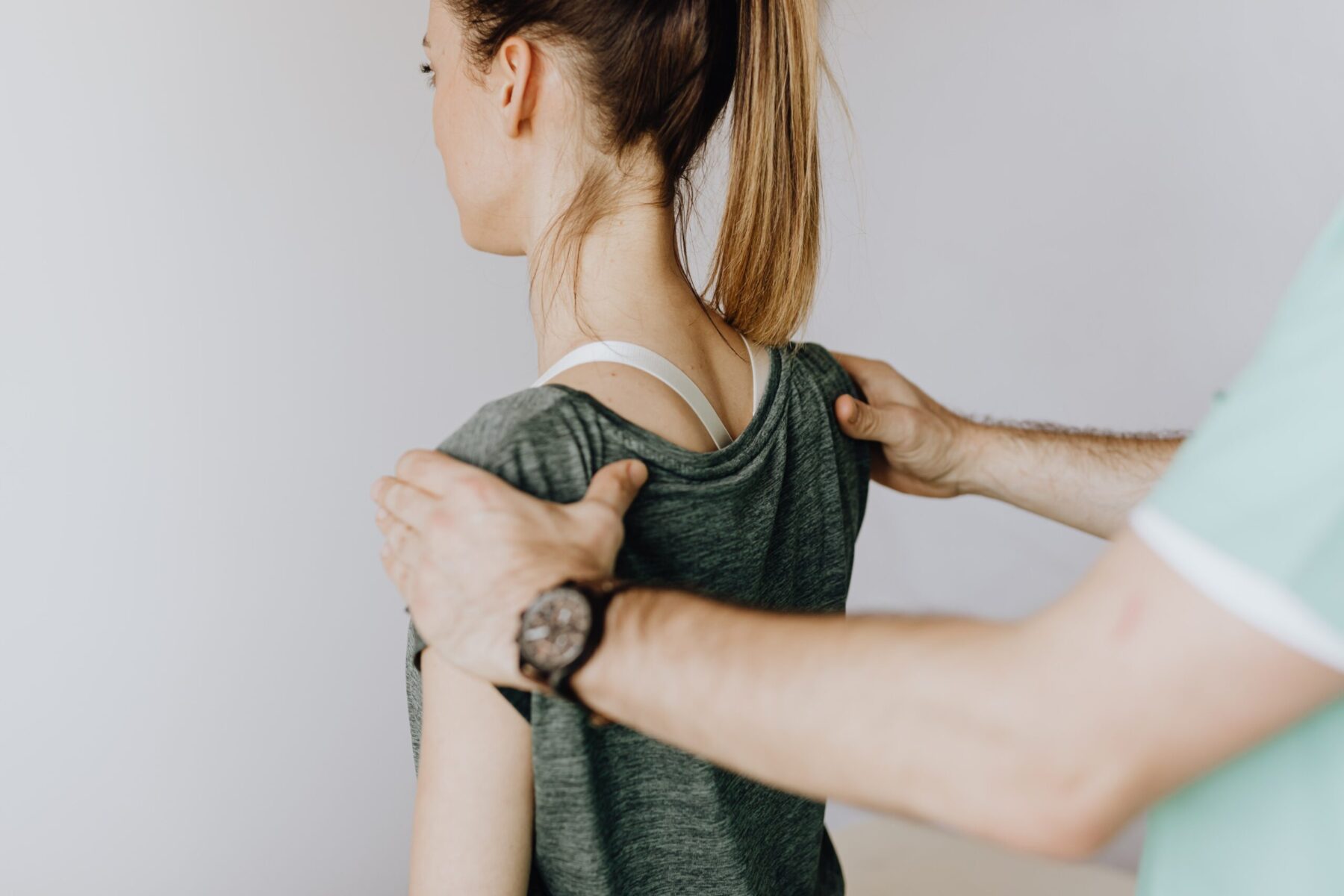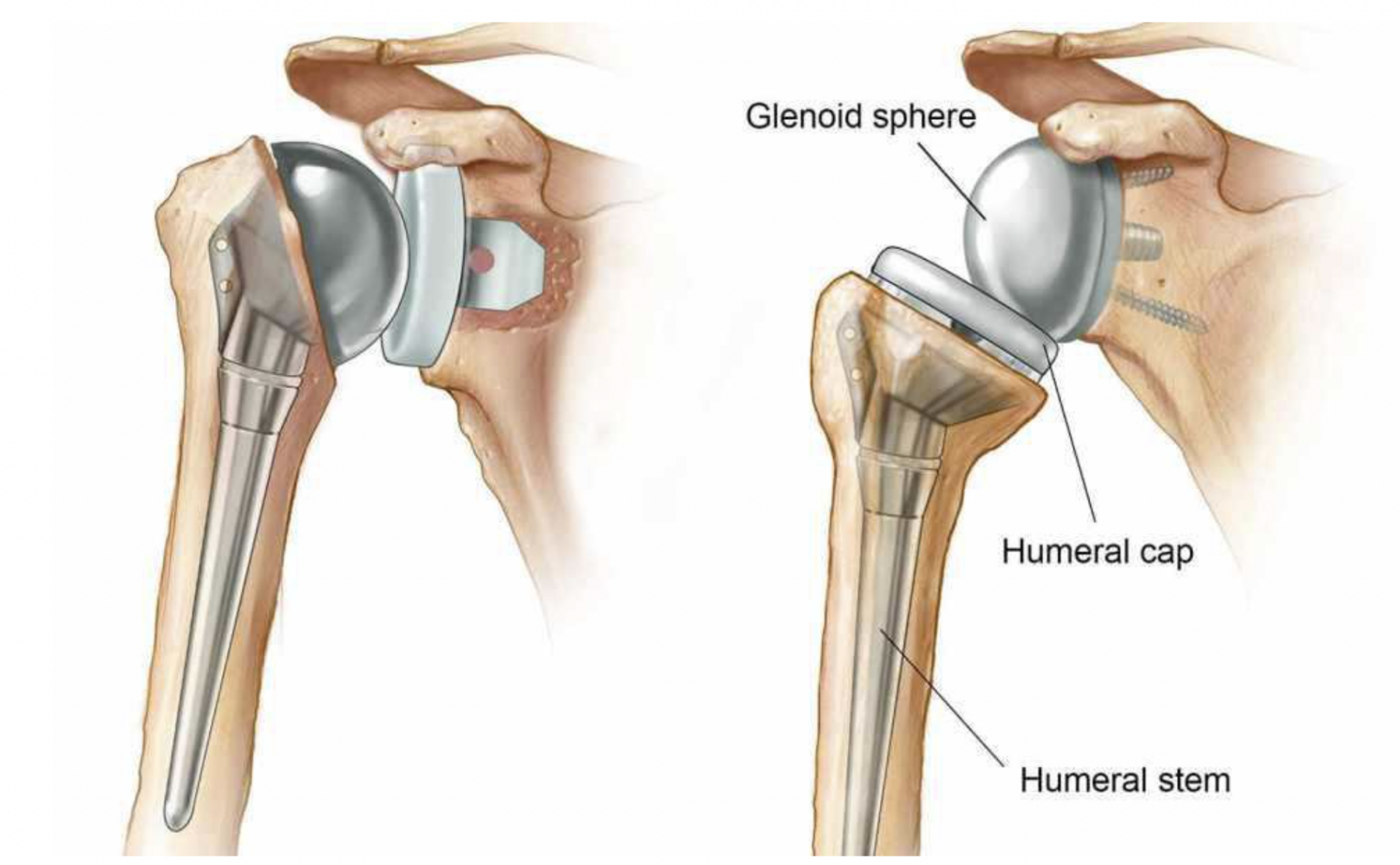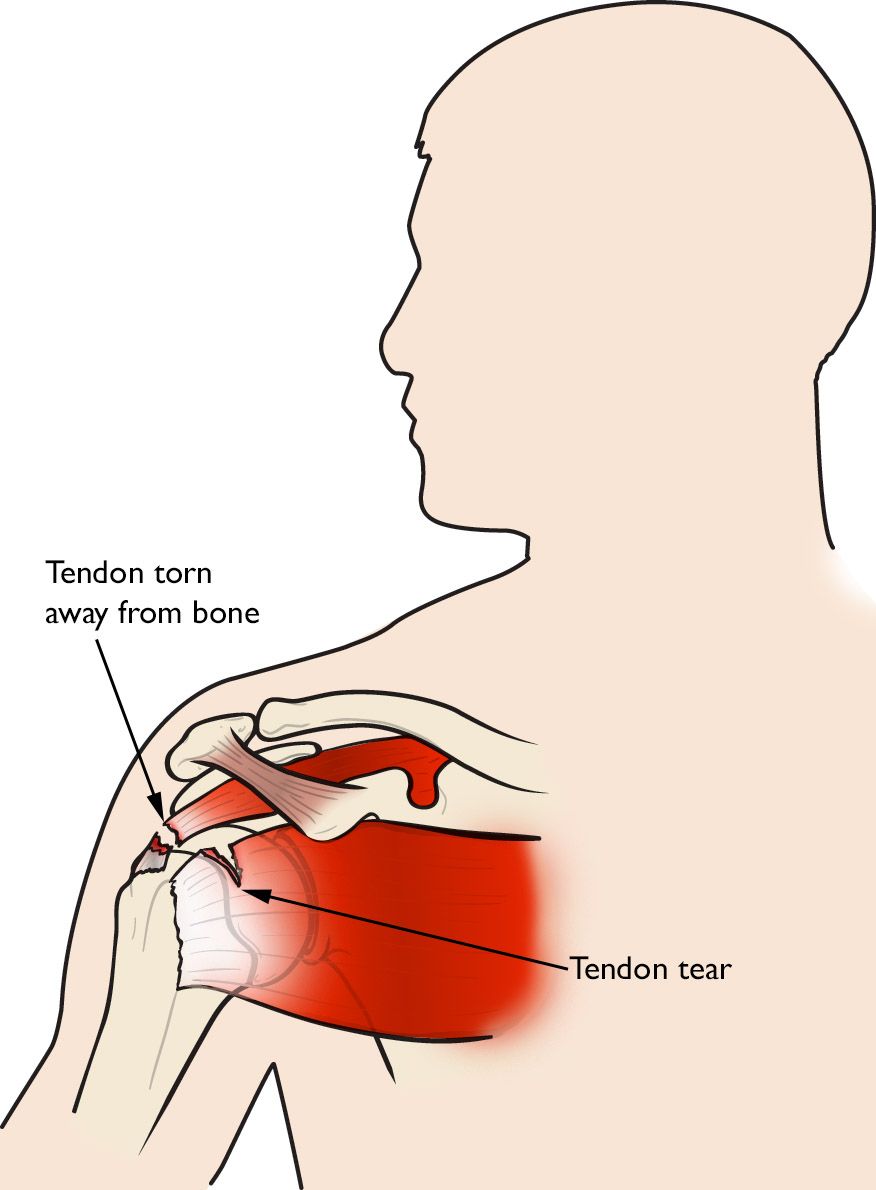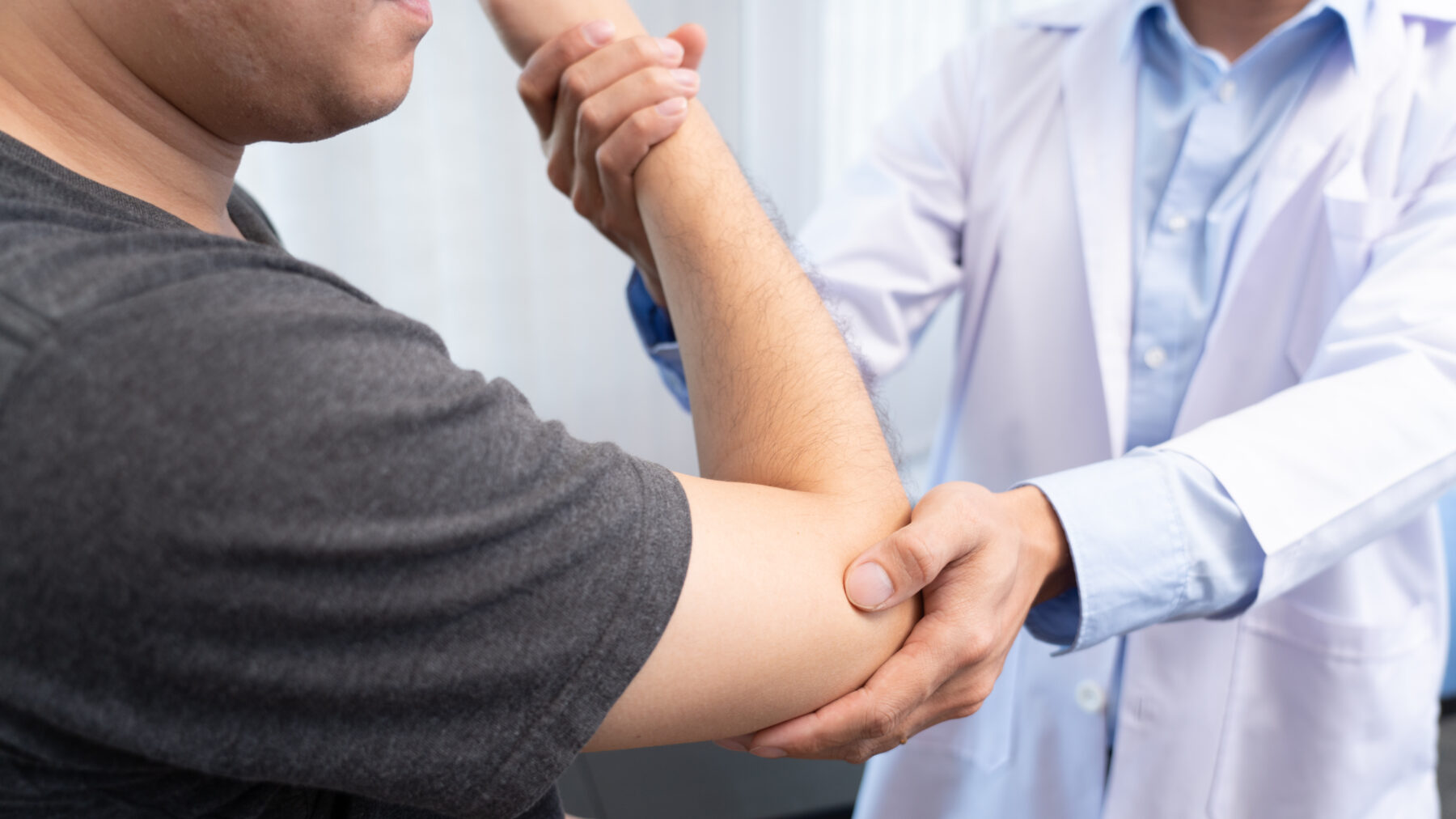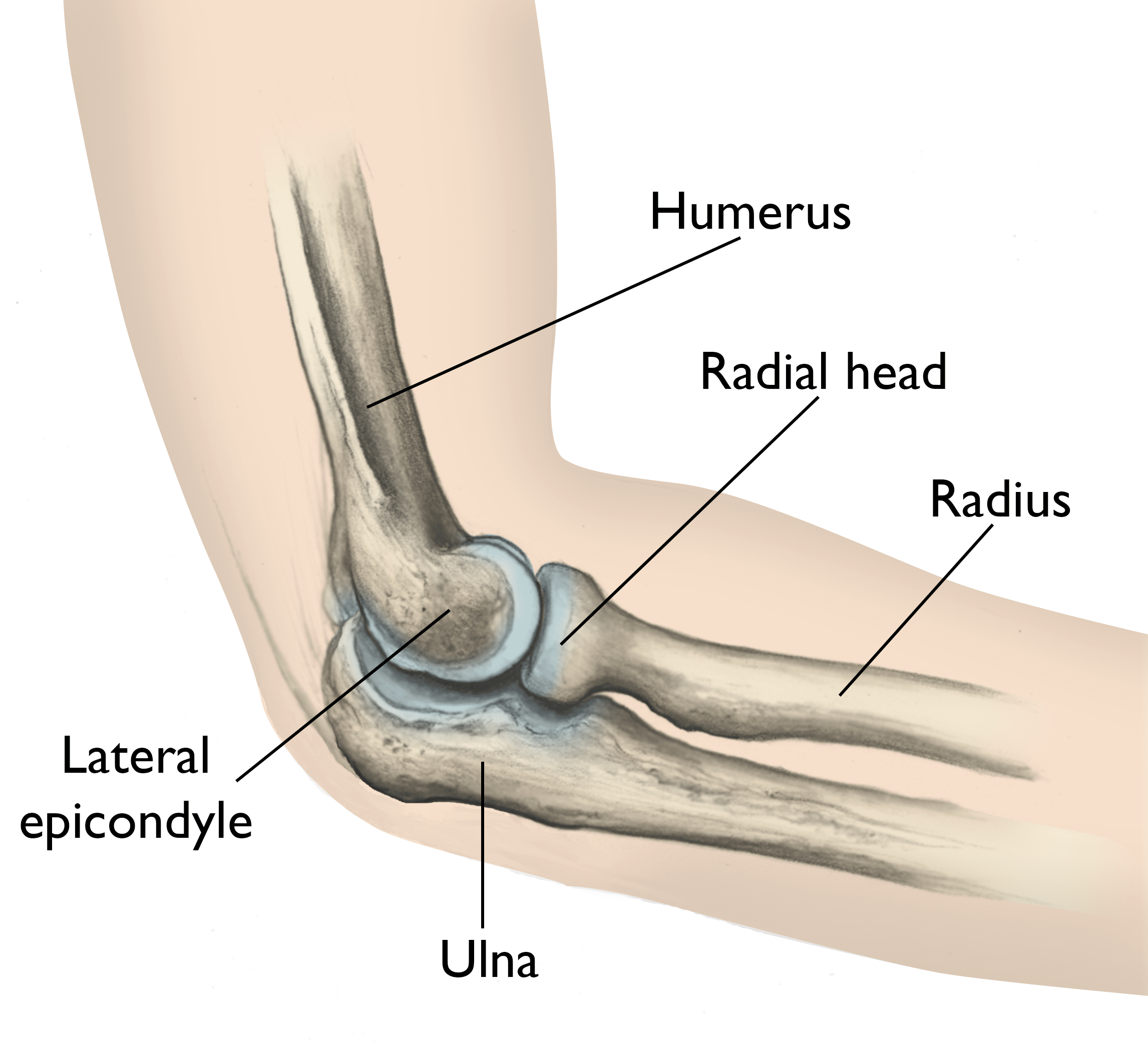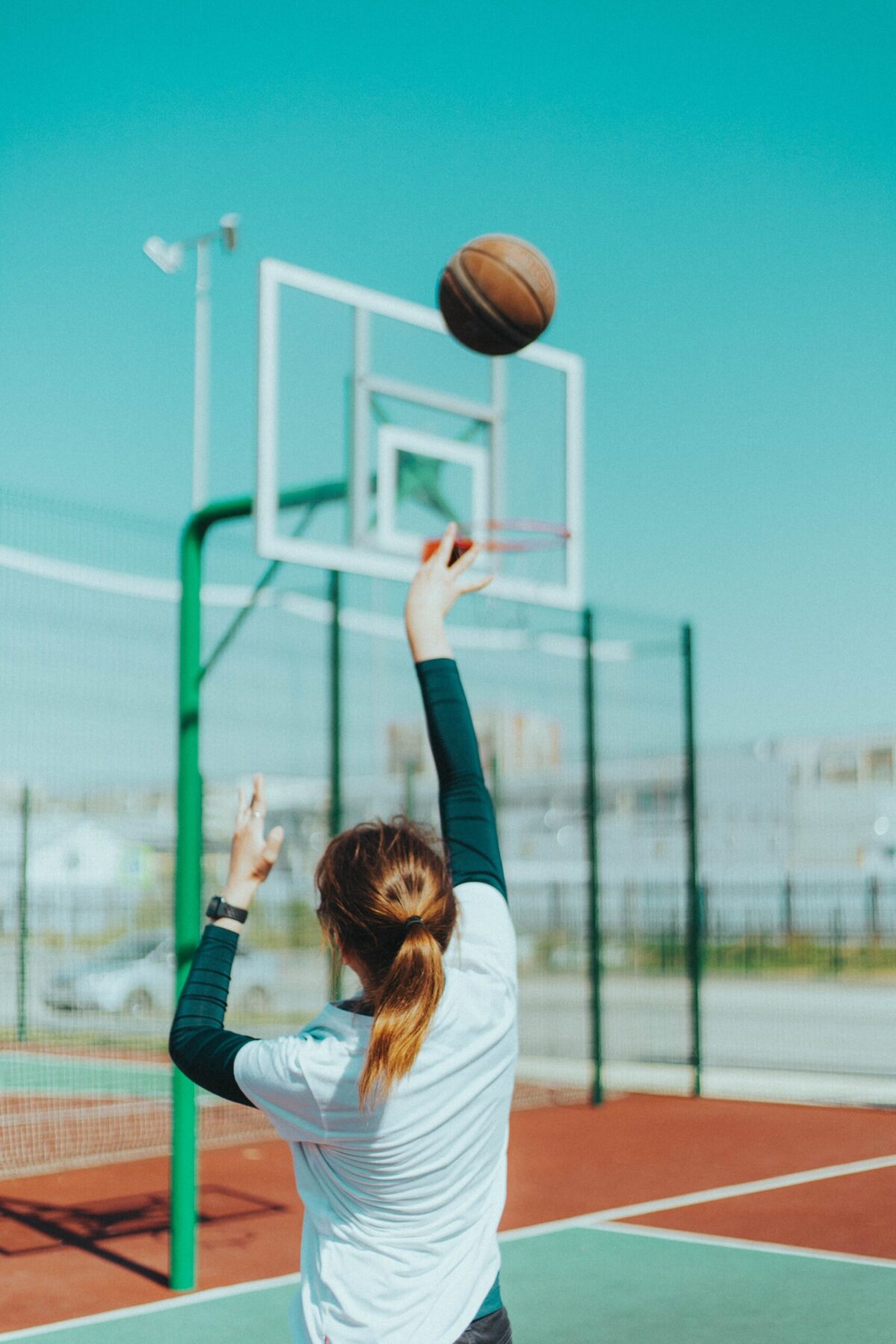Shoulder Surgery &
Arthroscopy
Rotator cuff tears are some of the most common shoulder injuries today. Shoulder trauma, such as fractures or dislocations, are also very frequent. Sports-related motion that involves overhead motion, such as swimming, throwing, or weight lifting, can cause these types of injuries. However, they have also been known to occur in everyday situations, such as while dancing, or cleaning. Stiffness in the shoulder, or feelings that it might pop out of its socket are common indicators that an injury may have occurred. Consult a doctor if these feelings persist. Treatment options vary based on the severity of the injury, and include anti-inflammatory prescription drugs, cortisone shots, or exercises like wall push-ups. Surgery such as arthroscopy or joint replacements may be needed in cases of serious injury.
SCHEDULE APPOINTMENT